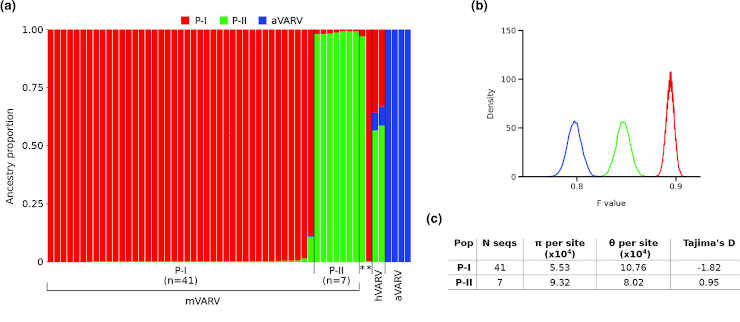Although its origins are still unclear, smallpox was once one of humanity’s most devastating diseases. Historical records and scientific theories about when the smallpox virus first appeared have been at odds for years.
A new study shows that the virus is 2,000 years older than scientists had previously suggested. This agrees with historical sources and confirms for the first time that the disease has afflicted human societies since antiquity.
Smallpox, which is caused by the variola virus, is the only infectious human disease to have been eradicated globally. But until relatively recently, the disease was a leading cause of death, killing at least 300 million people in the 20th century. This is roughly equivalent to the population of the United States.
Genetic Smallpox Virus Evidence
Until recently, the earliest genetic evidence for smallpox came from the 1600s. Then, in 2020, a study that recovered multiple strains of variola from the skeletal and dental remains of Viking-age skeletons confirmed the virus’s existence at least another 1,000 years earlier.
However, some historians believe that smallpox existed long before the Vikings. Suspicious scarring on ancient Egyptian mummies (including that of Pharaoh Ramses V, who died in 1157 BC) leads some to believe that smallpox has been around for at least 3,000 years.
So far, no one found the key piece of science that would have proven this theory.
Time-dependent Rate Phenomenon
Researchers at the Scientific Institute Eugenio Medea and University of Milan in Italy have reconstructed the history of the variola virus by comparing the genomes of historical and contemporary strains. They discovered that distinct smallpox strains all descended from a single common ancestor and that only a small portion of the genetic elements present in genomes from the Viking era had survived until the 18th century.
They also calculated an estimate for when the virus first appeared. The researchers accounted for the time-dependent rate phenomenon in their estimate.
This means that the rate of evolution depends on the length of time measured, so viruses appear to change faster in a short timeframe and slower in a longer timeframe. The phenomenon has been well-studied in DNA viruses such as variola.
Over 3,800 Years Old

(a) Bar plot representing the proportion of ancestral population components. Each vertical line represents a VARV genome, and it is coloured by the proportion of sites that have been assigned to each population by STRUCTURE. Asterisks denote two samples (LT706529 and LT706528) with controversial dates.
(b) Distribution of F values for the three populations.
Credit: Microbial Genomics (2023). DOI: 10.1099/mgen.0.000932
Scientists can account for the time-dependent rate phenomenon using a mathematical equation to provide more accurate dates for evolutionary events such as the appearance of a new virus. This provided the team with a new date for the first appearance of smallpox: more than 3,800 years ago, just as historians have suspected for a long time.
The researchers hope that their findings will put an end to a long-running debate and shed new light on the history of one of humanity’s deadliest diseases.
“Variola virus may be much, much older than we thought. This is important because it confirms the historical hypothesis than smallpox existed in ancient societies. It is also important to consider that there are some aspects in the evolution of viruses that should be accounted for when doing this type of work,”
said first author Dr. Diego Forni.
Reference:
- Diego Forni, Cristian Molteni, Rachele Cagliani, Mario Clerici, Manuela Sironi. Analysis of variola virus molecular evolution suggests an old origin of the virus consistent with historical records. Microbial Genomics Volume 9, Issue 1 DOI: 10.1099/mgen.0.000932
Last Updated on January 30, 2023
